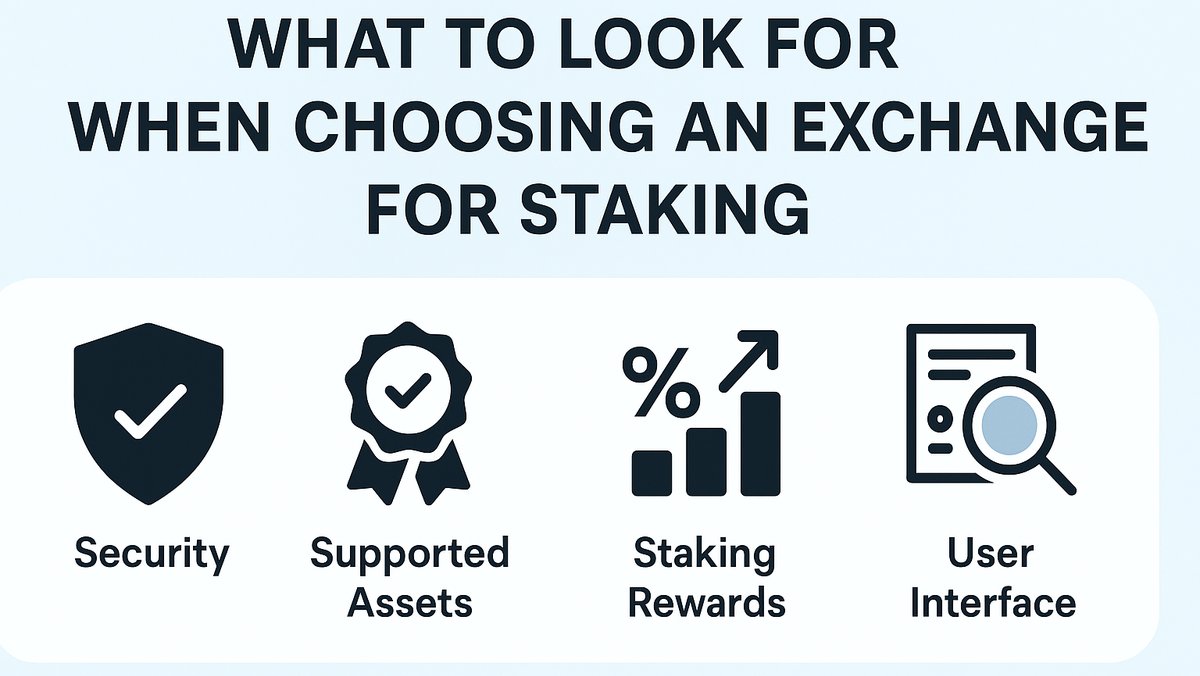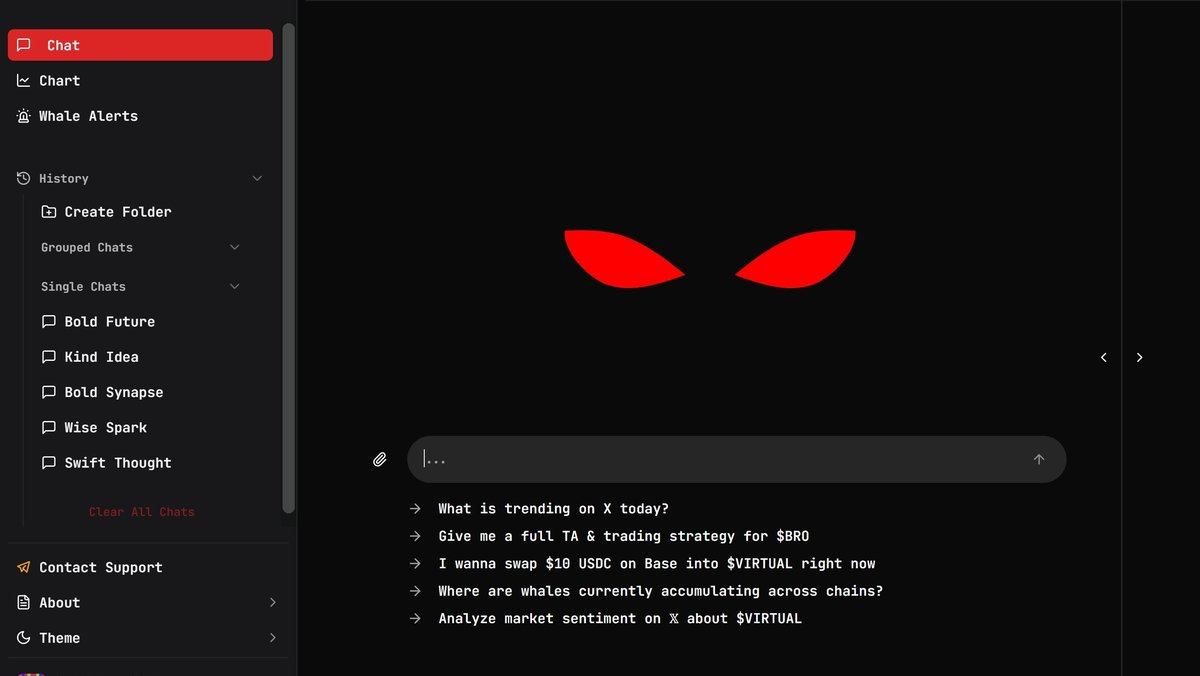Choosing an Exchange for Staking in 2025
Staking has become one of the most popular ways to earn passive income in crypto. By locking tokens to support blockchain networks, users can earn rewards while helping secure decentralized ecosystems. However, not all exchanges are equal when it comes to staking services. This guide explores how to choose the best exchange for staking in 2025.
What is Staking?
Staking involves locking proof-of-stake (PoS) tokens in a wallet or exchange to participate in network validation. In return, stakers receive rewards, often paid in the same token. Popular staking coins include Ethereum (ETH), Cardano (ADA), Solana (SOL), and Polkadot (DOT).
Key Factors When Choosing an Exchange
- Supported Assets: Some exchanges offer staking for dozens of tokens, while others focus only on major PoS coins.
- Reward Rates: Annual percentage yields (APYs) vary between exchanges and networks.
- Lock-up Periods: Certain tokens require fixed staking periods, while others allow flexible staking with instant withdrawals.
- Security: Reputable exchanges offer insurance funds, cold storage, and proven track records.
- Regulatory Compliance: Exchanges operating under clear regulations provide greater confidence for long-term staking.
Best Exchanges for Staking in 2025
- Binance: Offers a wide range of staking products, including flexible and locked options with competitive APYs.
- Kraken: A top choice for U.S. users, offering regulated staking services and strong security.
- OKX: Known for innovative staking products and integration with its Web3 ecosystem.
- Coinbase: Provides simple staking options for major coins, though with slightly lower rewards.
Risks of Staking on Exchanges
- Custodial Risk: Assets are controlled by the exchange, not the user.
- Regulatory Risks: Some governments are cracking down on staking services.
- Slashing: In rare cases, misbehavior by validators can cause stakers to lose a portion of funds.
Direct Staking vs. Exchange Staking
While exchange staking is easier and requires less technical knowledge, direct staking through personal wallets provides more control and higher rewards. However, it also requires users to manage keys and infrastructure.
Conclusion
When choosing an exchange for staking in 2025, investors should balance rewards, security, and regulation. For beginners, Coinbase and Kraken provide safe and simple entry points. Advanced users may prefer Binance or OKX for higher yields and flexibility. Ultimately, diversification across exchanges and self-custody solutions can help reduce risks and maximize staking rewards.
Further Reading and Resources
Signals | Crypto Tax | Crypto Insurance
Frequently Asked Questions
What is staking? Staking is the process of locking tokens to support blockchain networks and earn rewards.
Which exchange offers the highest staking rewards? Binance and OKX generally provide higher APYs, while Coinbase and Kraken focus on regulated, lower-risk services.
Is staking on an exchange safe? Reputable exchanges are relatively safe, but self-custody provides greater control. Risks such as slashing and regulatory changes should be considered.
Should I stake directly or through an exchange? Beginners may prefer exchanges for convenience, while experienced users can benefit from higher rewards and control by staking directly.







